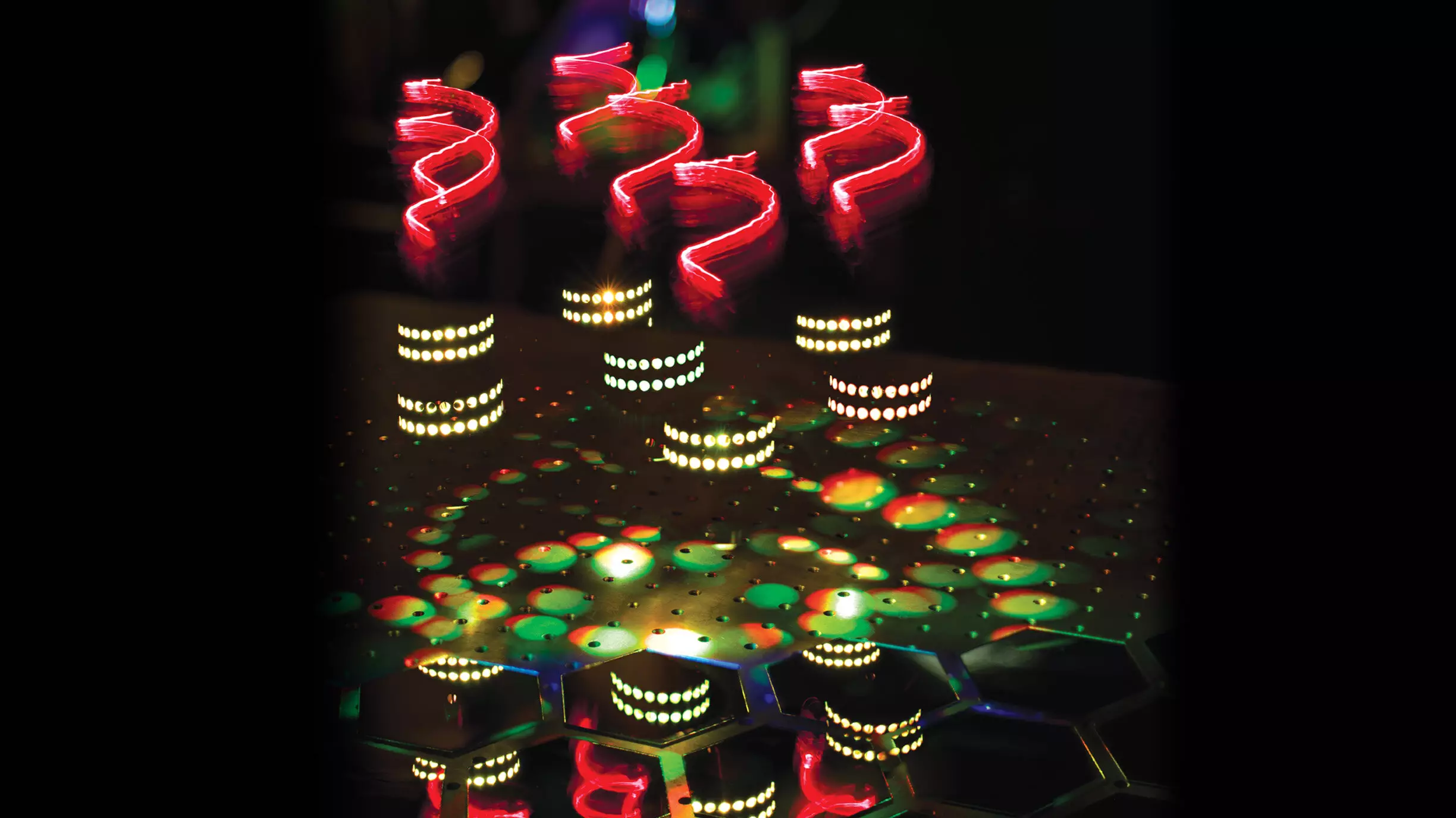A recent article published in the journal Nature Photonics presented groundbreaking research in the field of optical science. An international team of scientists, led by physicists at the University of Bath, demonstrated a new optical phenomenon with significant implications in various fields such as pharmaceuticals, security, forensics, environmental science, art conservation, and medicine.
The research showcased the Hyper-Raman effect, which is a more advanced phenomenon than the traditional Raman effect. While Raman spectroscopy involves the scattering of light particles by molecules to identify their energy states, the Hyper-Raman effect takes this a step further. It occurs when two photons impact a molecule simultaneously and combine to create a single scattered photon that exhibits a Raman color change. This allows for deeper penetration into living tissues, reduced damage to molecules, and better contrast in imaging.
One of the key advantages of the Hyper-Raman effect is its ability to study chirality in molecules. Chirality refers to the sense of twist in molecules, much like the helical structure of DNA. Many bio-molecules exhibit chirality, including proteins, RNA, sugars, amino acids, and vitamins. Chiral light, theorized by researchers in 1979, can provide three-dimensional information about molecules and reveal their chirality. However, measuring this effect has been challenging due to its subtlety and the purity of chiral light needed.
The team of scientists took an innovative approach to detect the Hyper-Raman optical activity effect. By using non-chiral molecules assembled on chiral scaffolds, such as tiny gold nanohelices, they were able to confer chirality to the molecules and enhance the Hyper-Raman signal. The gold nanohelices also acted as tiny antennas, focusing light onto the molecules and aiding in the detection of the effect. This approach was a departure from previous attempts that focused on measuring the effect directly from chiral molecules.
The newfound Hyper-Raman optical activity effect has promising applications in various fields. It can be utilized to analyze the composition of pharmaceuticals, verify product authenticity, detect illegal drugs and explosives, identify pollutants in environmental samples, and reveal the composition of pigments in art restoration. Moreover, it holds potential for clinical applications in medical diagnosis by detecting disease-induced molecular changes.
The researchers emphasize that the discovery of the Hyper-Raman optical activity effect is just the beginning of a long journey towards its implementation as a standard analytical tool. Collaborations with leading manufacturers of Raman spectrometers, like Renishaw PLC, are crucial for the advancement of this technology. The team hopes that their research will inspire other scientists and raise awareness about the significance of scientific progress, which often takes decades to materialize.
The Hyper-Raman optical activity effect represents a significant advancement in optical science with far-reaching implications across various disciplines. By harnessing the power of chiral light and innovative experimental techniques, researchers have unlocked new possibilities for studying molecular chirality and enhancing imaging capabilities. This breakthrough underscores the importance of interdisciplinary collaboration and long-term scientific endeavors in pushing the boundaries of knowledge and innovation.


Leave a Reply